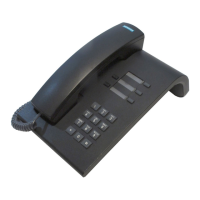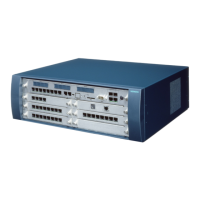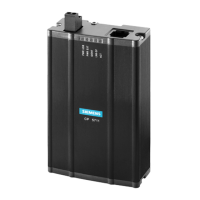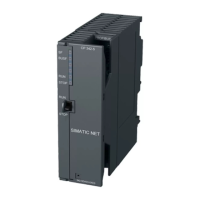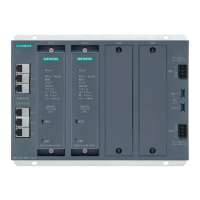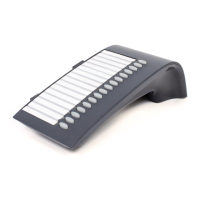Modern construction materials (exceptions, see above)
have a relatively poor conductivity so that electromagnetic waves, even if absorbed, can still
pass through.
Thus, radio traffic is possible within and through buildings.
Attenuation qualities
of construction materials vary greatly. Depending on the material that is to be penetrated, the
relevant routes will have different ranges.
- Wood (dry and unprocessed), glass, plastics (N conductors)
--> negligible attenuation
- Brick walls, wood (damp and processed, e. g. particle board)
--> medium range of attenuation
- Reinforced concrete, glass with metal reinforcement/coating
--> highest level of attenuation
This attenuation is decreased by openings, especially by windows in the buildings as long as
they do not have wire-reinforced or metal-plated glass.
Radio cell scenarios
The various types of radio propagation give rise to different scenarios in which radio cells are formed:
Free field with visibility,
Industrial areas with reinforced concrete buildings and buildings with metal facades,
Interiors of buildings of brick and lightweight materials,
Interiors of reinforced concrete buildings with different interiors, for example.
All radio-related information in this document relates solely to DECT.
12.8.2.1 Radio wave propagation in free field with visibility
In this scenario, electromagnetic waves are least attenuated which means that the greatest radio wave
ranges can be developed.
For the installation of base stations in this kind of scenario, a distance of up to 300 m would be
adequate.
However, this is not normally possible since trees, bushes and possibly vehicles or similar objects
moving in the direct path of propagation can significantly reduce propagation.
A base station (BS) installed in an attic directly beside a dormer window (no metal
reinforcement in the window pane) is the alternative to outdoor casing (see page 12-56) for
coverage of the outside area (see page 12-48).
12.8.2.2 Radio wave propagation in industrial areas
Hicom 150 E Office Rel.1.0 Service Manual - 12 Cordless Multicell Integration CMI
http://cmweb01.mch.pn.siemens.de/e_doku/en/h150/h15/30/sh/2/15_12.htm (25 of 45) [06/04/2000 13:05:56]

